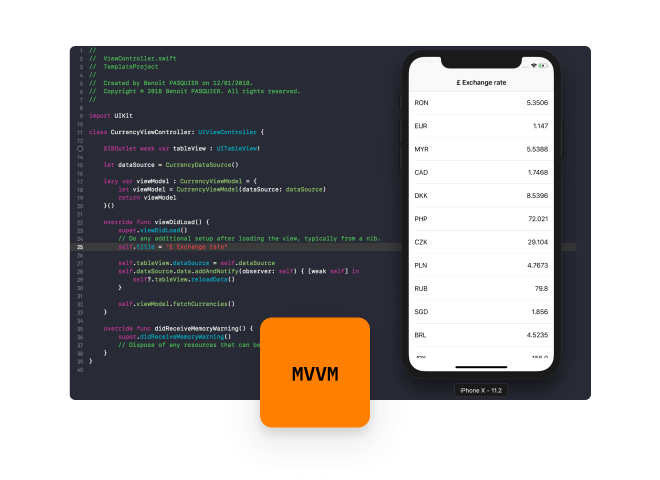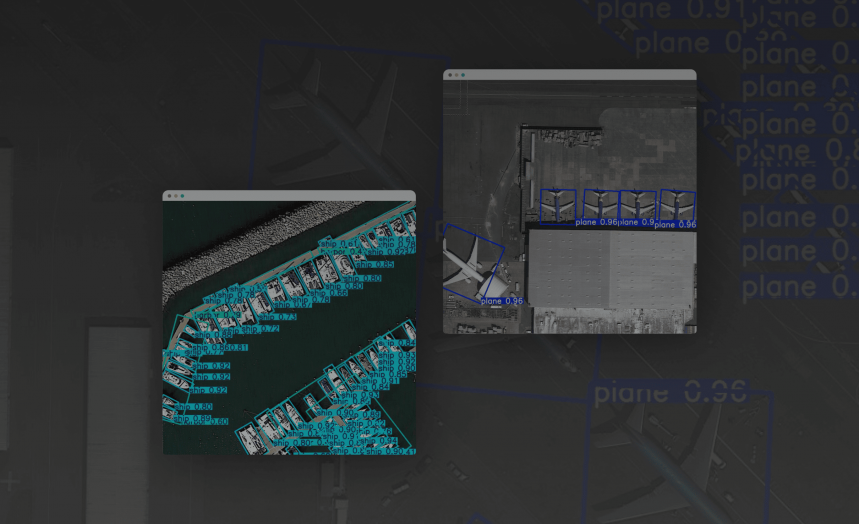
MVVM Application Development

Why MVVM?
Provide parallel execution of tasks for the teams that work on your project.

Greater flexibility
The separation of development processes for each part of the app allows developers to make changes to the program code without negative consequences.
Better testability
Due to the competent separation of the graphical part of the application, the backend, and business logic, testing turns out more efficient.
Easier app maintenance
Projects implemented on the basis of the MVVM architecture are easily upgraded and updated, since developers can only redo individual blocks, leaving others untouched.
What do we offer?
Case Studies
Questions & Answers
Where is MVVM used?
MVVM service is commonly used in Windows Presentation Foundation (WPF). The Model-View-ViewModel is typically used to separate the business and presentation logic of an application from its UI. For ASP.Net, MVVM is used to two-way bind data within views.
Why is MVVM good?
MVVM architecture allows for a code to be broken up into classes with a small number of well defined responsibilities. With it, your code is decoupled. The usage of all patterns is situational, and the benefit (if there is any) always lies in reduced complexity. MVVM guides us how to distribute responsibilities between classes in a GUI application. ViewModel projects the data from the Model into a format that fits the View. Model and ViewModel do not need to exist from the start and can be introduced when they are needed.
Ask us to create a high-performance mobile solution based on MVVM architecture
Applications based on the MVVM pattern are quickly and easily covered by unit tests. Their architecture is more streamlined, which creates a solid foundation for their further scaling. Also, this pattern is an ideal choice for enterprise-level applications with complex business logic and strict requirements for the back end. If you want to implement MVVM architecture in your project, please contact us.


